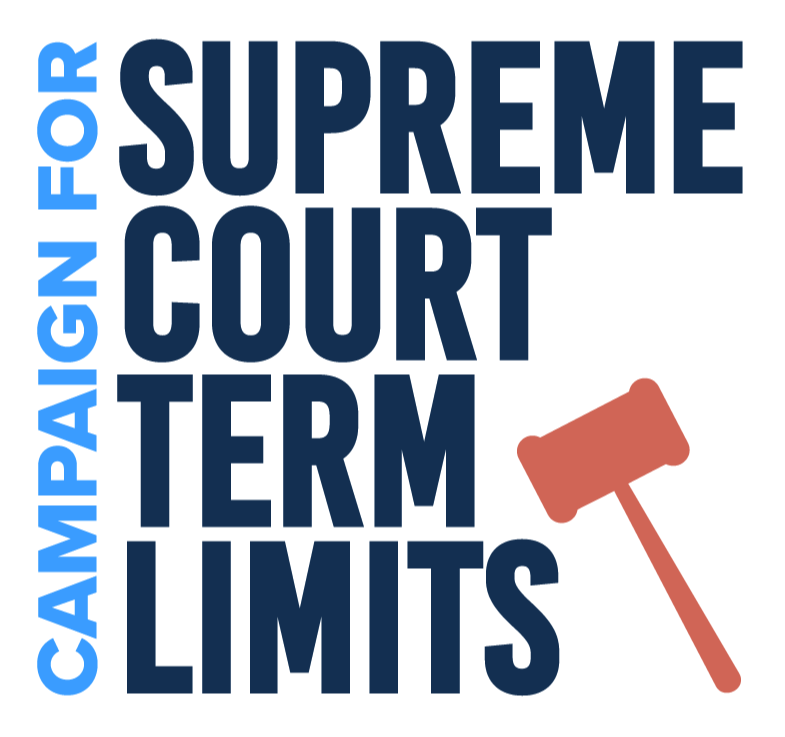An Outline of a Supreme Court Term Limits Statute
 1. Create biennial appointments
1. Create biennial appointments
In all odd-numbered years, and with the advice and consent of the Senate, the President appoints one justice to the Supreme Court.
2. Lock in 18-year terms for future justices; exempt the current justices out of the statute
If there are more than nine justices on the Supreme Court after a newly appointed justice is sworn into office — i.e., 18 years after the bill is enacted — the justice who has served on the Supreme Court for the longest period of time shall be deemed a justice retired from active service.
No justice appointed before the date of enactment should be required to retire, so for a time, the Supreme Court may comprise more than nine justices. (For how long? See this.)
3. Create the role of “senior justice”
A retired justice is now designated a “senior justice” and may continue to perform judicial duties as s/he is willing and able on any federal court, unless that justice has been certified as disabled.
4. Describe a senior justice’s return to the court
When there’s a vacancy due to the death, disability certification or removal of a justice, the retired justice who most recently became a senior justice will return to the Supreme Court quorum until an appointment is made under section 1. If there’s more than one vacancy, senior justices will be seated in reverse order of seniority[1].
[1] For example, Justice Kennedy, who retired in 2018, would return to the Court before Justice Souter, who retired in 2009.